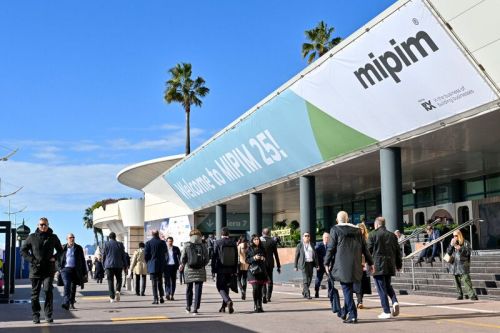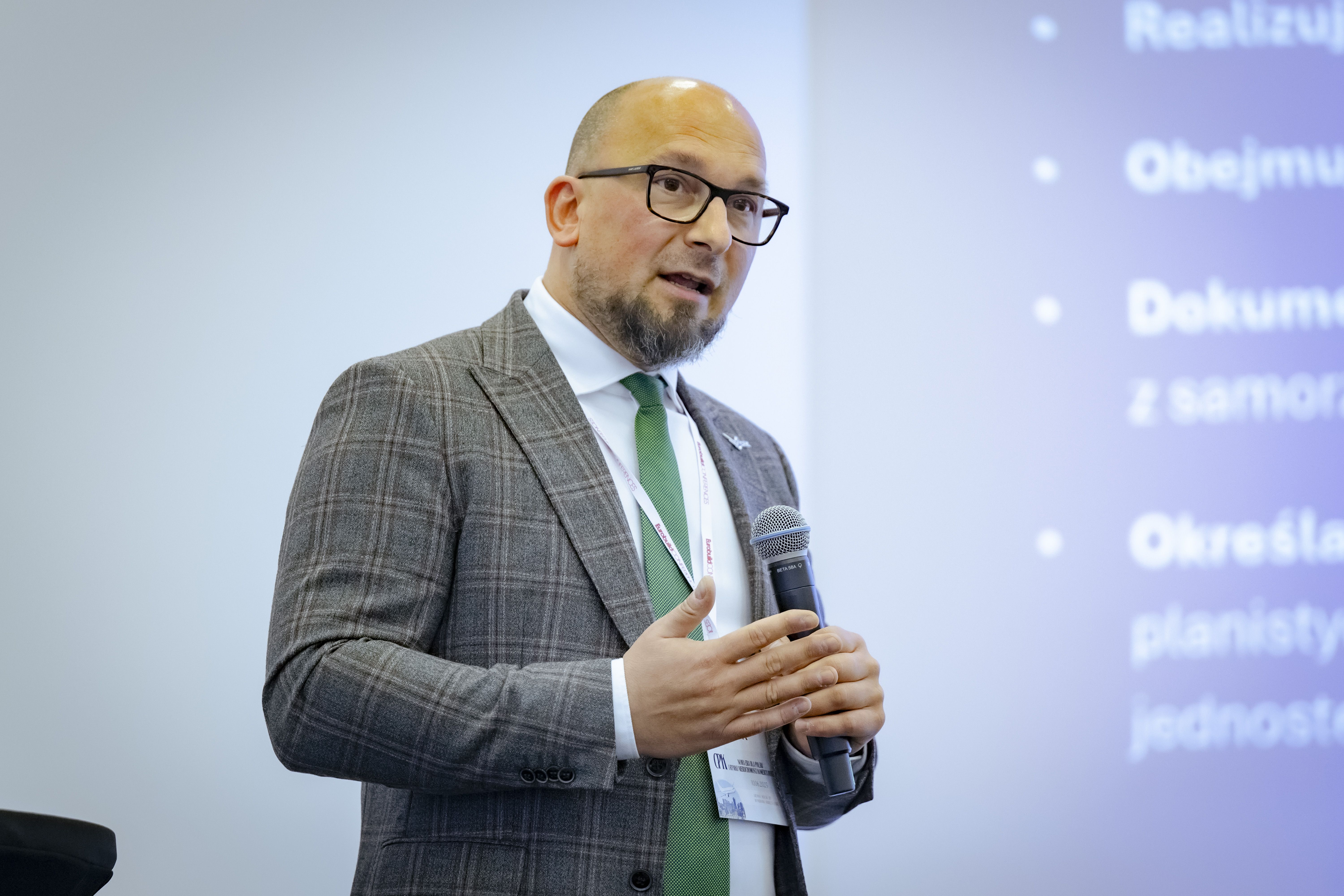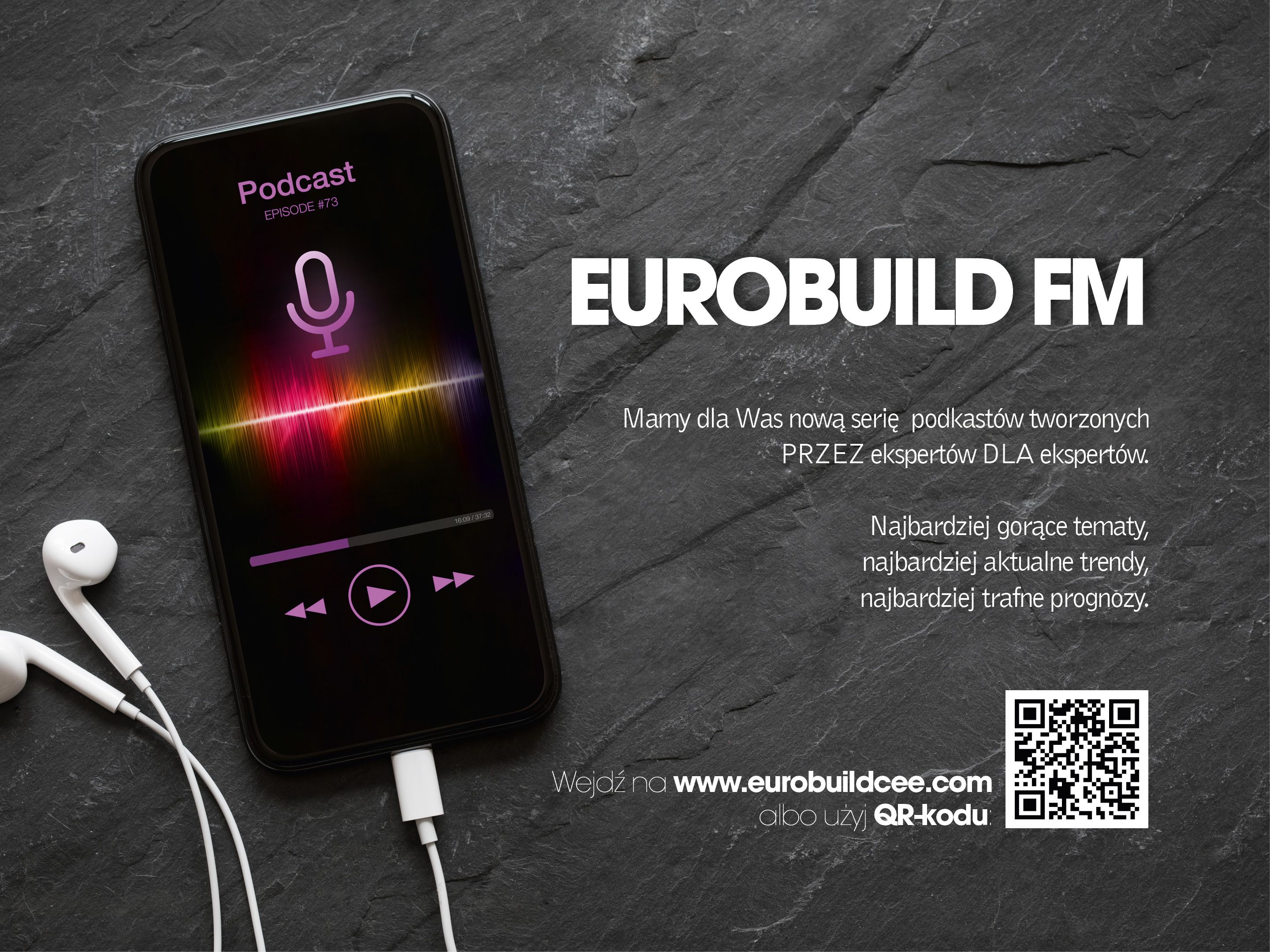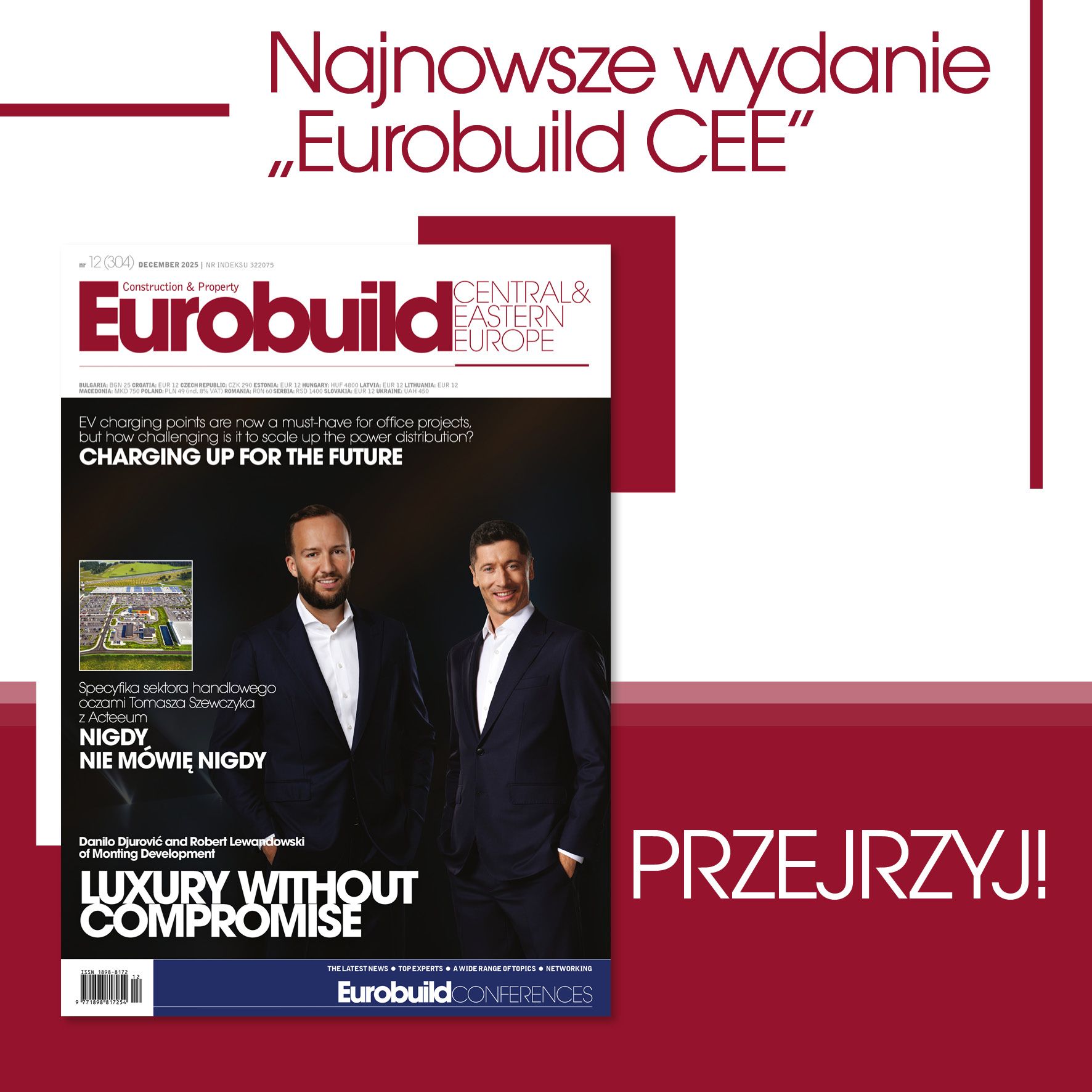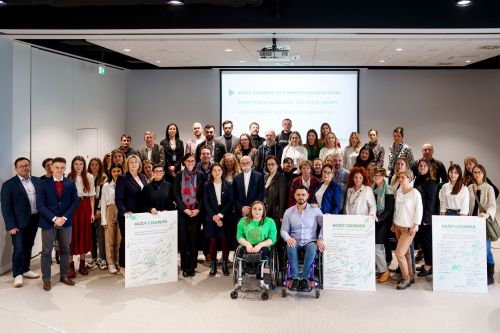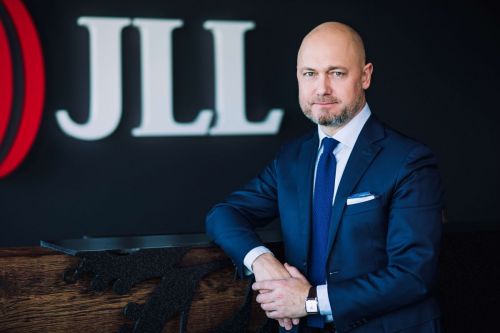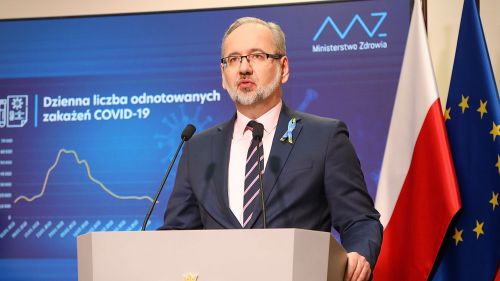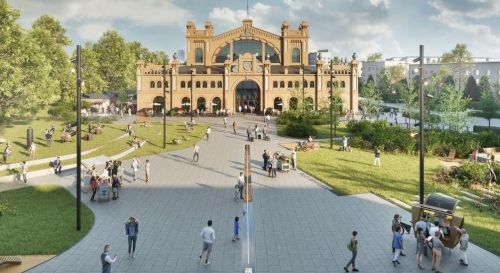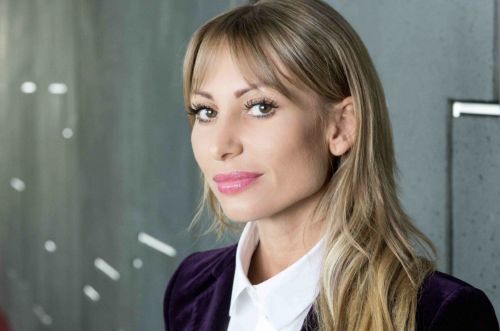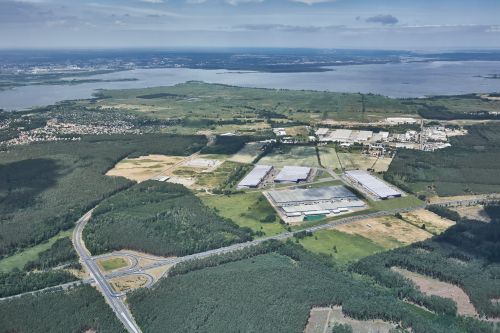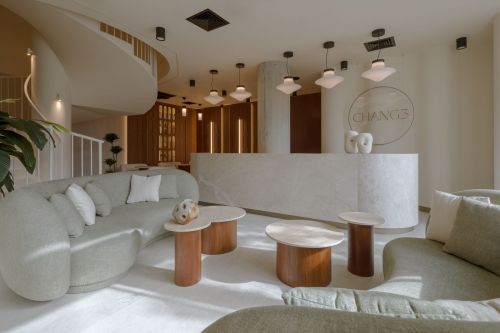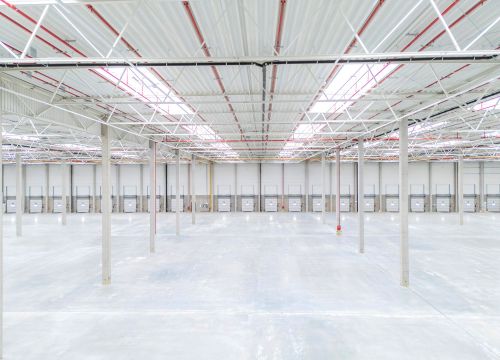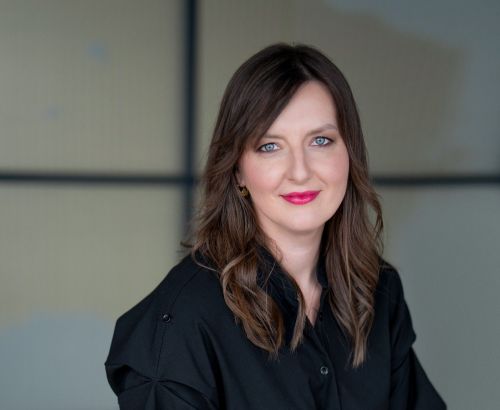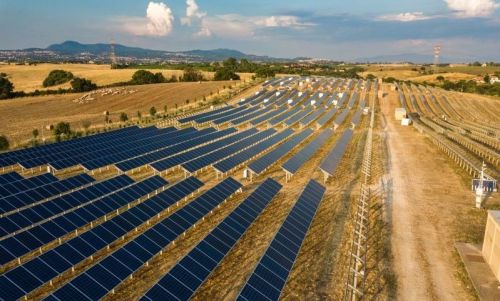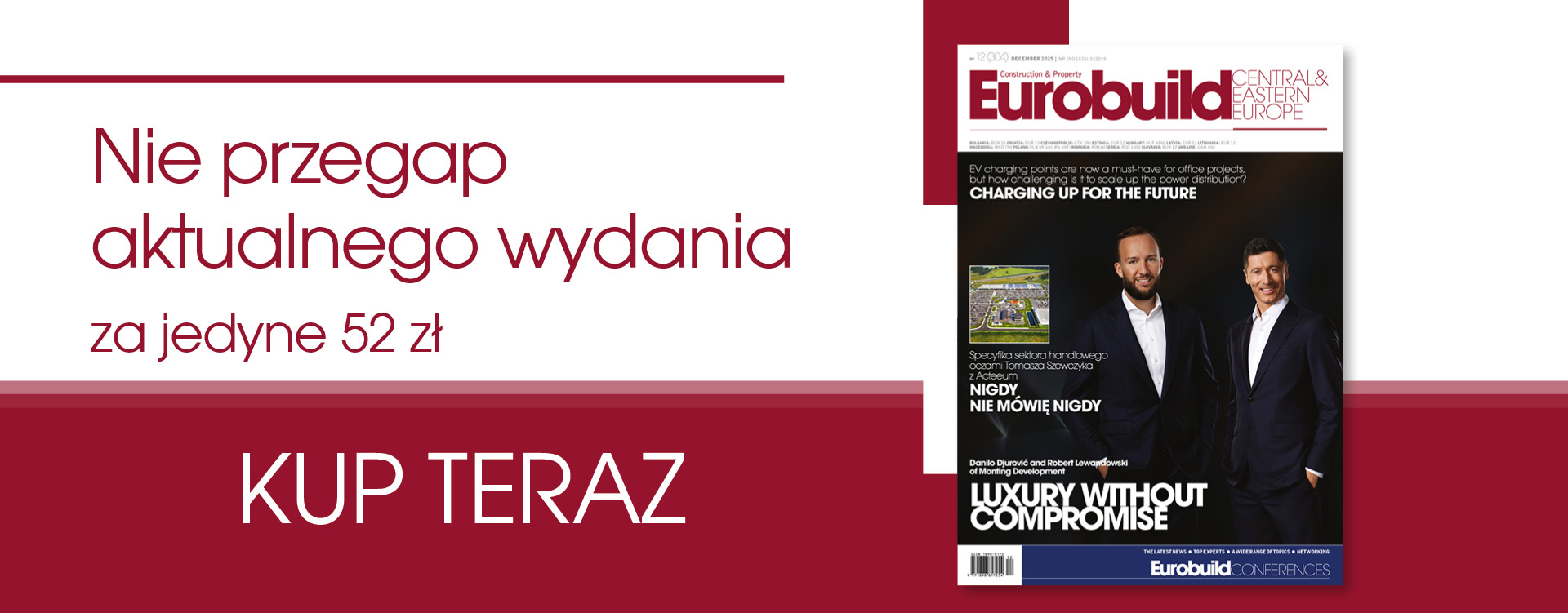Aneta Cichla, ‘Eurobuild CEE’: Recently you have bought two Polish retail projects together with Rockcastle: Galeria Tomaszów in Tomaszów Mazowiecki and Galeria Wołomin in Wołomin, so now you co-own a total of five projects in the country. Why is the Polish retail market attractive to you?
Arne Bongenaar, the managing director of Acteeum Group: For us the Polish retail market is very interesting. There are still some areas where supply of modern retail space stands below international standards and there is a need for modern retail space. But it is a limited market today. Unlike in the past years, these days you cannot simply build shopping centers everywhere you are able to. You need to be much more selective, do much more research and try to establish the exact specifications in sqm for different units across different market segments as well as remain more aware of the consolidation among retailers and the online retailing power. For the greenfield developments all





